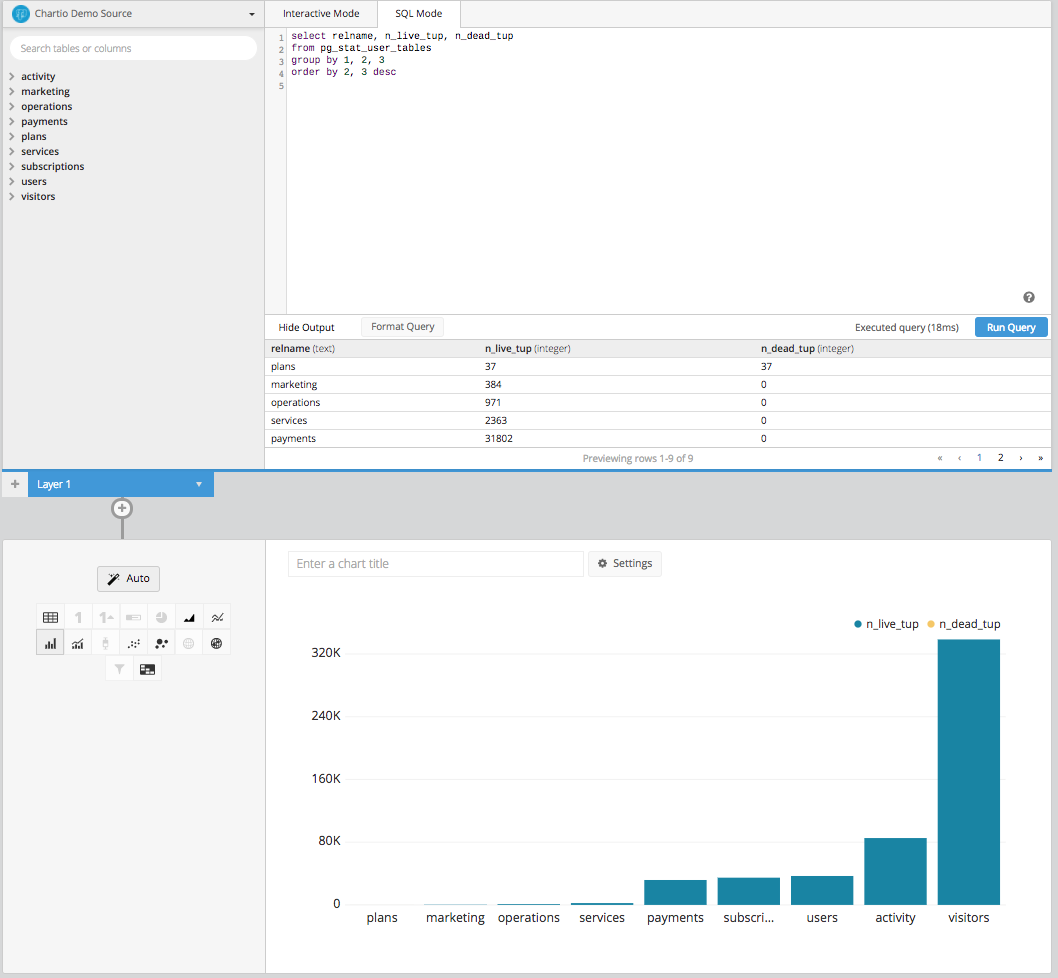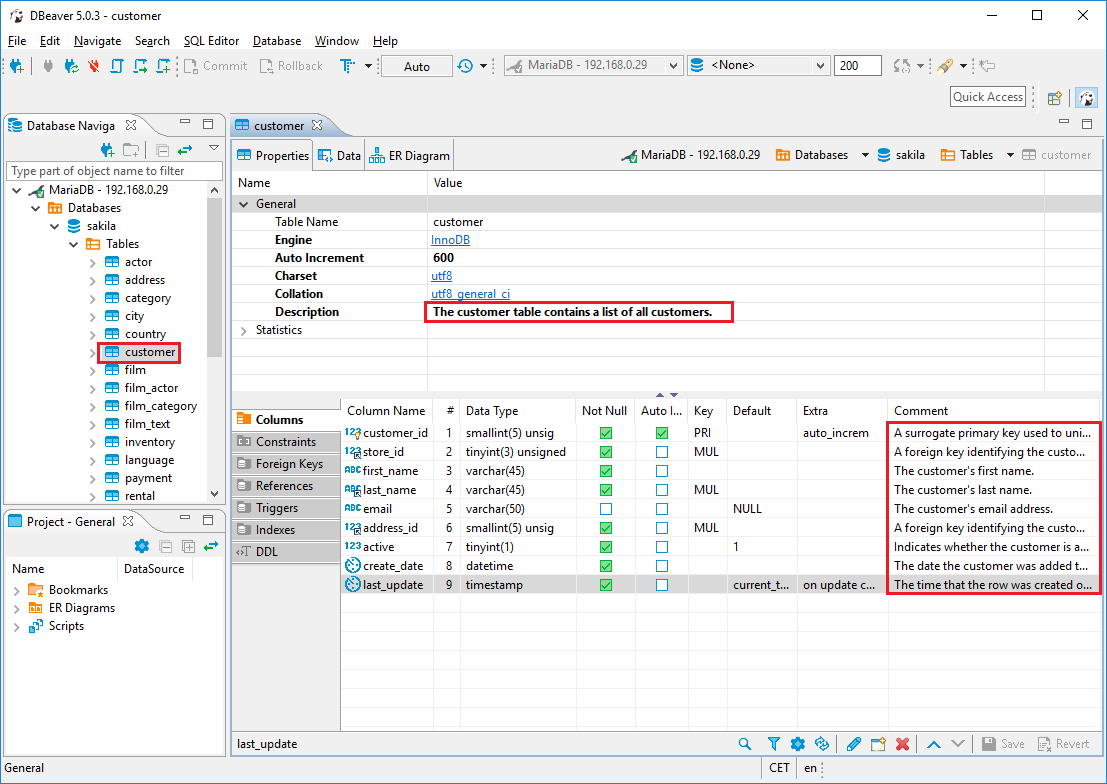

Nonetheless, these numbers show that COPY, even with sharding, replication and indexes, can achieve a write throughput that rivals that of very large NoSQL clusters. Using Copy Data Command Here is the basic syntax to copy data from sourcedb to destinationdb using copy data command. Ingestion rate depends on many factors such as number of columns, data types, hardware, indexes, and benchmarks are unlikely to be representative of your use-case.

We recently saw a sustained 1.5M rows/sec in a production cluster, loading 10 billions of rows in a few hours. In the most realistic set-up, with replication and an index on the distributed table, COPY still achieves over 1M rows/sec for the names dataset. In the fastest set-up, Citus loaded up to 7 million rows/sec (finished in under a second). There are two factors in a CSV file that must be considered to copy the data to a Postgres table. | Distributed | Yes | Yes | 1.2M rows/sec | This section provides a step-by-step procedure to copy data from a local system into a Postgres table. Presumably the asker wants to automate the creation of the 100 columns, and COPY does not have this functionality, as of PG 9.3 at least. Use the below syntax to copy a PostgreSQL table from the server itself: Syntax: COPY TableName TO 'Path/filename.csv' CSV HEADER Note: If you have permission to perform a read/write operation on the server-side then use this command. COPY does not create a table or add columns to it, it adds rows to an existing table with its existing columns. Now check the data of the copystudents table: SELECT FROM copystudents Output: Copy Table with the Same Structure and No Data. | Distributed | Yes | No | 2.5M rows/sec | COPY wheat FROM 'wheatcropdata.csv' DELIMITER ' ' CSV HEADER. CREATE TABLE copystudents AS TABLE students The above query will create a new table named copystudents with the same structure and data as the students table. using (var writer = conn.| Table type | Index | Replication | Ingestion rate | The COPY command in the postgreSQL is used for importing data in the files into the database table and also for exporting tables from the database to the file. This mode is less efficient than binary copy, and is suitable mainly if you already have the data in a CSV or compatible text format and don't care about performance. It is the user's responsibility to format the text or CSV appropriately, Npgsql simply provides a TextReader or Writer. This mode uses the PostgreSQL text or csv format to transfer data in and out of the database. Reader.StartRow() // Last StartRow() returns -1 to indicate end of data


Now you can load the table into the destination database. PGPASSWORD'source-db-password' pgdump -h source-db-hostname -U source-db-username -d source-database-name -t source-table-to-copy > table-to-copy.sql. Using (var reader = Conn.BeginBinaryExport("COPY data (field_text, field_int2) TO STDOUT (FORMAT BINARY)"))Ĭonsole.WriteLine(reader.Read(NpgsqlDbType.Smallint)) Ĭonsole.WriteLine(reader.IsNull) // Null check doesn't consume the column This can work locally as well, just replace any local host names by localhost. Using (var writer = conn.BeginBinaryImport("COPY data (field_text, field_int2) FROM STDIN (FORMAT BINARY)")) It is also highly recommended to use the overload of Write() which accepts an NpgsqlDbType, allowing you to unambiguously specify exactly what type you want to write. To copy multiple tables at the same time, do Dump tables 1, 3 and 3 from the source database PGPASSWORD'source-db-password' pgdump -h source-db-hostname -U source-db-username -d source-database-name -t table1 -t table2 -t table3 > table-to-copy. It is the your responsibility to read and write the correct type! If you use COPY to write an int32 into a string field you may get an exception, or worse, silent data corruption. 1 Answer 1 original table -> originaltable -) CREATE TABLE copytable AS TABLE originaltable - shorthand version yes, but TABLE is much less flexible.


 0 kommentar(er)
0 kommentar(er)
